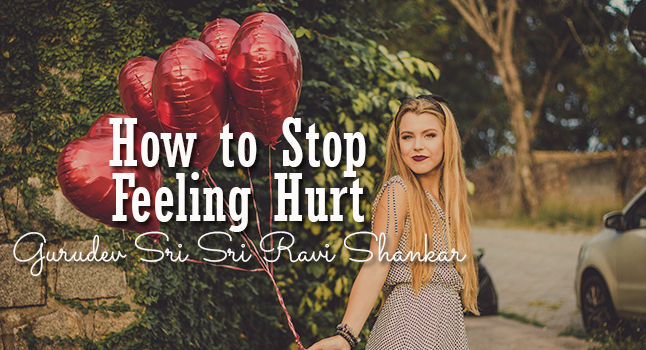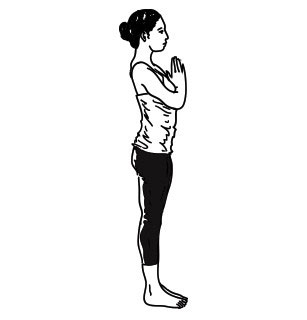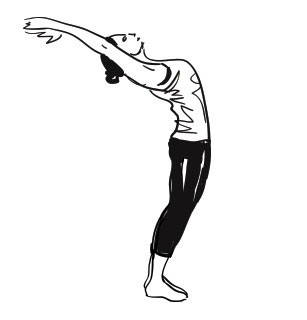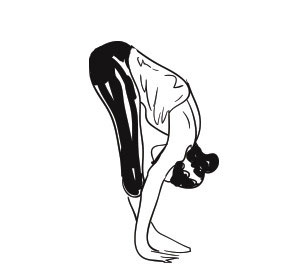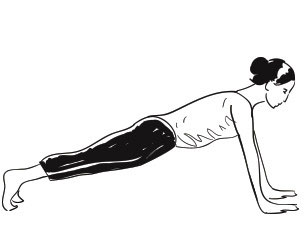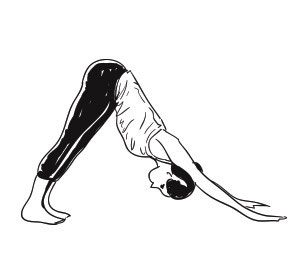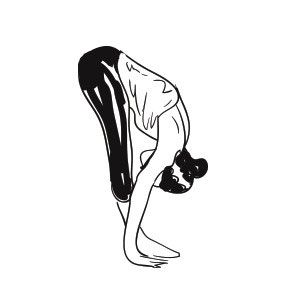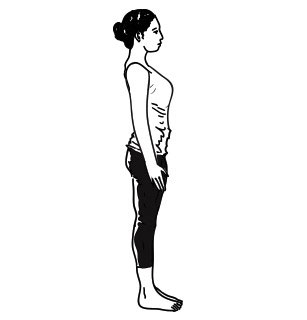Tuesday, 2. May 2017 Bangalore, India

If your anger is a tool and it is in your control, then anger is good. But if anger controls you then you are in trouble, and the cause is also gone. There is nothing wrong in using anger as a weapon, but if it is cutting your own peace of mind, then you should use wisdom to safeguard yourself.
Tips to Manage Anger:
Here is some perspective on how to skillfully free your mind from the clutches of anger, and experience a balanced state of mind.
#1 Give room for imperfection
The main cause of anger is that you want perfection. We get angry over imperfections, but the world does have levels of perfection. Give a little space for imperfection. When you give some space for imperfection, patience in you increases.
At home we keep a garbage can, isn't it? You cannot say, 'I won’t keep a garbage can at home'. Then there would be garbage all over the place. Anger is that garbage all over the house. When you give space for imperfection, you will put all the garbage in a can and let it be. Then you will see how you can manage your anger.
So exercise patience towards imperfections. It takes time for imperfection to become perfection. How can you give that time? When you give space for it. Then compassion arises and anger disappears.
So exercise patience towards imperfections. It takes time for imperfection to become perfection. How can you give that time? When you give space for it. Then compassion arises and anger disappears.
#2 Balance between expressing and suppressing your anger
You can’t express anger all the time, you will cause so much damage to yourself and others around you. And you can’t suppress it all the time, sometimes you need to express it otherwise you will explode. So, you have to strike that right balance between expressing and suppressing your anger. Wisdom is knowing when to express it and when to suppress it.
#3 Don’t get angry with yourself for getting angry
It will take quite some time for you to get to that level where anger does not even touch you. It will keep coming in different shades and intensities. When anger comes up, don’t start blaming yourself. One thing that can be very detrimental is you blaming yourself. Keep moving ahead. If you get angry, never mind, just let it come and go. Instead of looking at the cause of anger, look at the effect it is producing in your body and keep relaxing your body.
#4 Keep good company (Sangha)
Whatever you cannot do alone, you can do it with the support of good company. Company has many benefits and a few drawbacks too, as it can also take up a lot of your energy. The positive effect is that Sangha gives you that much needed support to move forward. Whenever your mind goes topsy-turvy, or if your emotions are going up and down, at such times the Sangha will carry you forward. It will help you move through the situations.
#5 Accept people as they are
One of the principles of The Art of Living is: Accept people and situations as they are.Accepting and creating room for others itself makes your personality much wider. If you don’t have that expanded consciousness then you become very rigid in your outlook.
People who irritate you, in some way or the other can bring about the best in you. They can bring out the talents and skills in you. See, when everyone around you is wonderful you don’t need any skill to handle a situation. It will only happen when there are people whom you think are unreasonable. So, take it as an exercise as much as possible. The moment deep acceptance starts coming from within, you will suddenly find the other person also changes. It is strange, but true. When we change, they also change.
#6 Practice meditation
Meditation will definitely provide you that much needed strength to overcome anger. Practice more pranayama and go deeper into meditation. You will feel the serenity and the change in you after meditation. Meditation brings transformation in you. Remember, any meditation that you do never goes waste.
